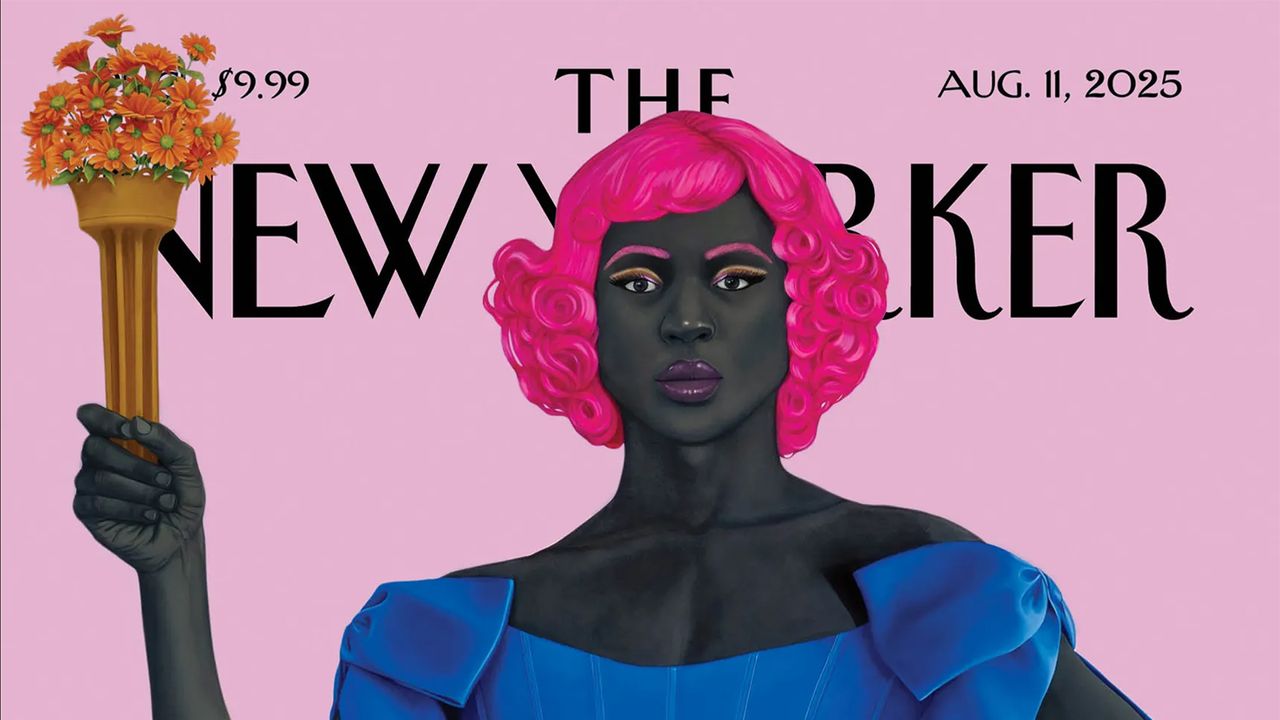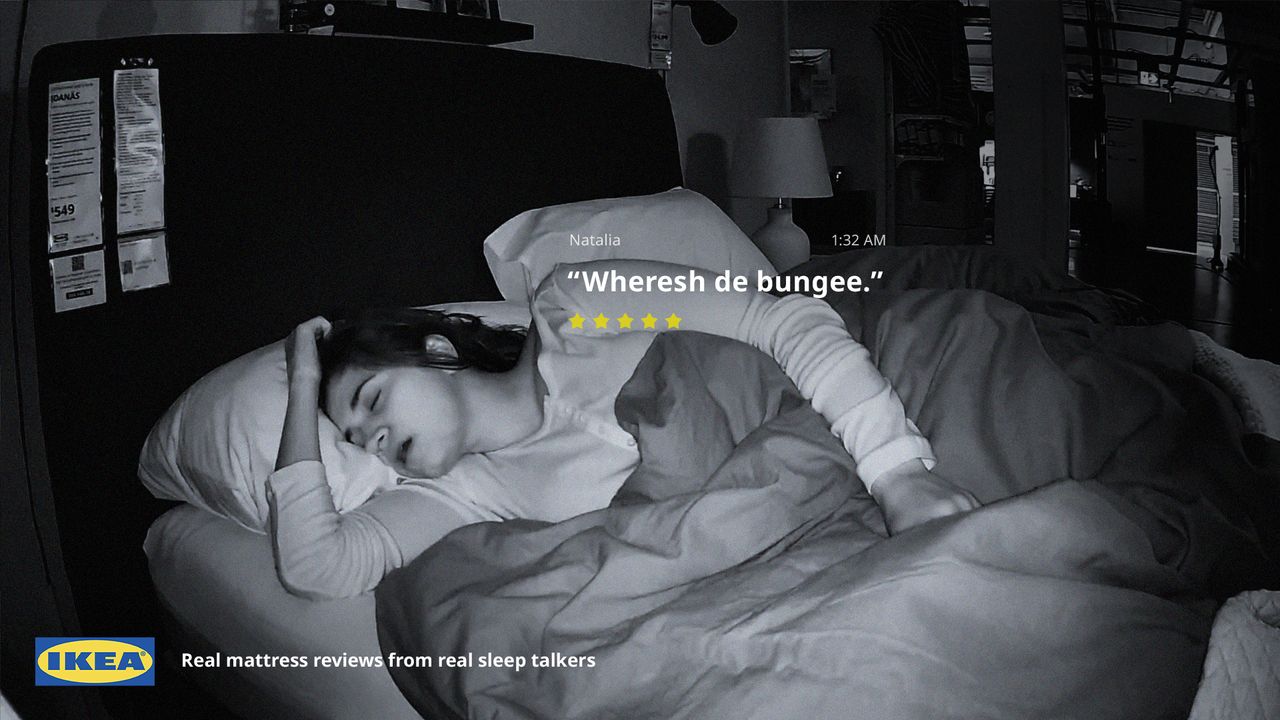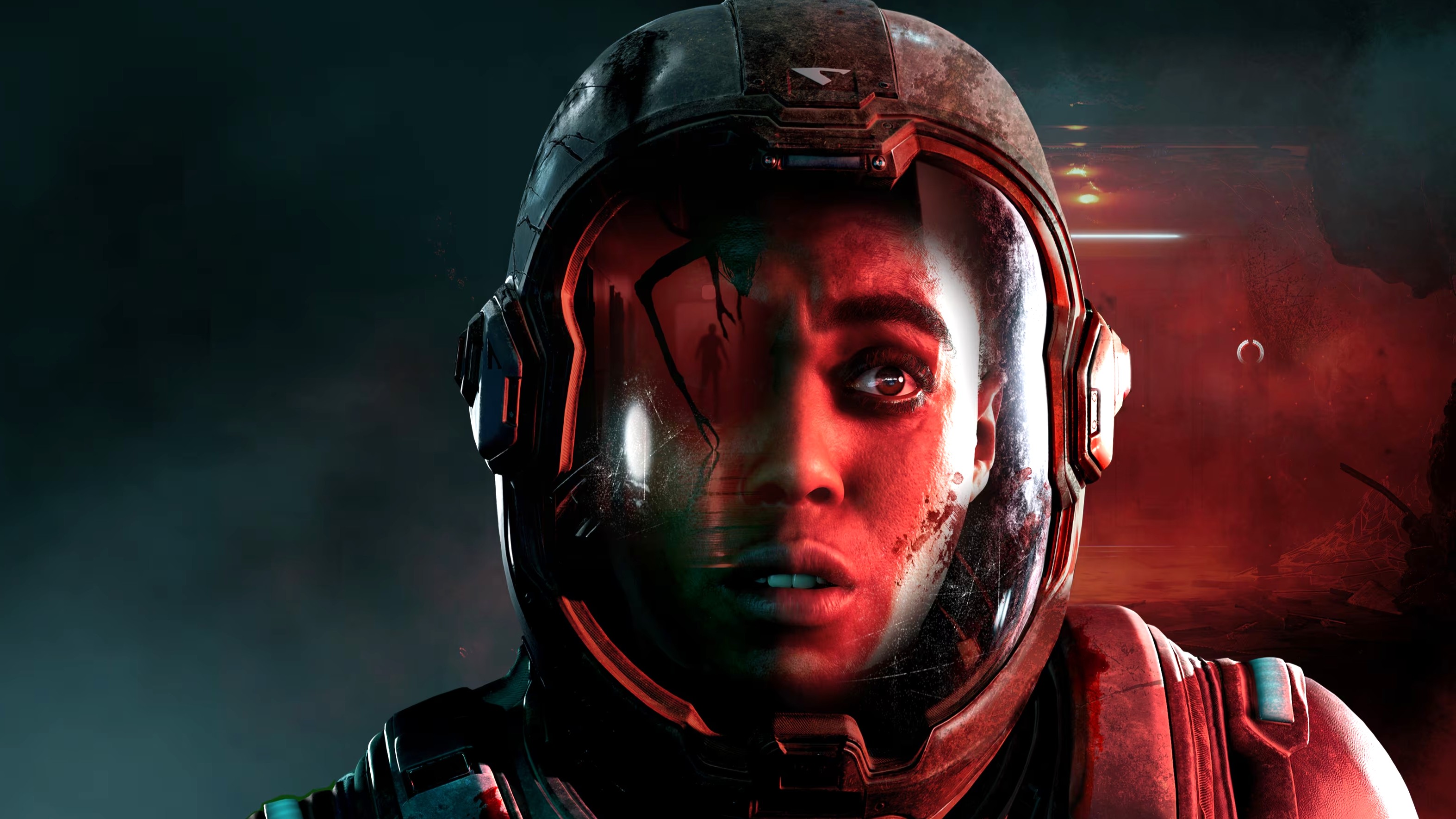Felicity Games is taking the plunge into Singapore with a whopping $1 million investment to deepen their 'market penetration' across APAC. Because, clearly, what the world needs now is another game-tech company to remind us that AI can do everything except find a decent storyline. I can just picture their office: a high-tech space filled with developers armed with algorithms, frantically trying to create the next viral game while sipping overpriced coffee and discussing the existential crisis of pixelated characters. Cheers to the future where our new robotic overlords will not only play games but also rule over us in the process!
#FelicityGames #GameTech #Singapore #AIGaming #MarketPenetration
#FelicityGames #GameTech #Singapore #AIGaming #MarketPenetration
Felicity Games is taking the plunge into Singapore with a whopping $1 million investment to deepen their 'market penetration' across APAC. Because, clearly, what the world needs now is another game-tech company to remind us that AI can do everything except find a decent storyline. I can just picture their office: a high-tech space filled with developers armed with algorithms, frantically trying to create the next viral game while sipping overpriced coffee and discussing the existential crisis of pixelated characters. Cheers to the future where our new robotic overlords will not only play games but also rule over us in the process!
#FelicityGames #GameTech #Singapore #AIGaming #MarketPenetration





1 Yorumlar
·0 önizleme









